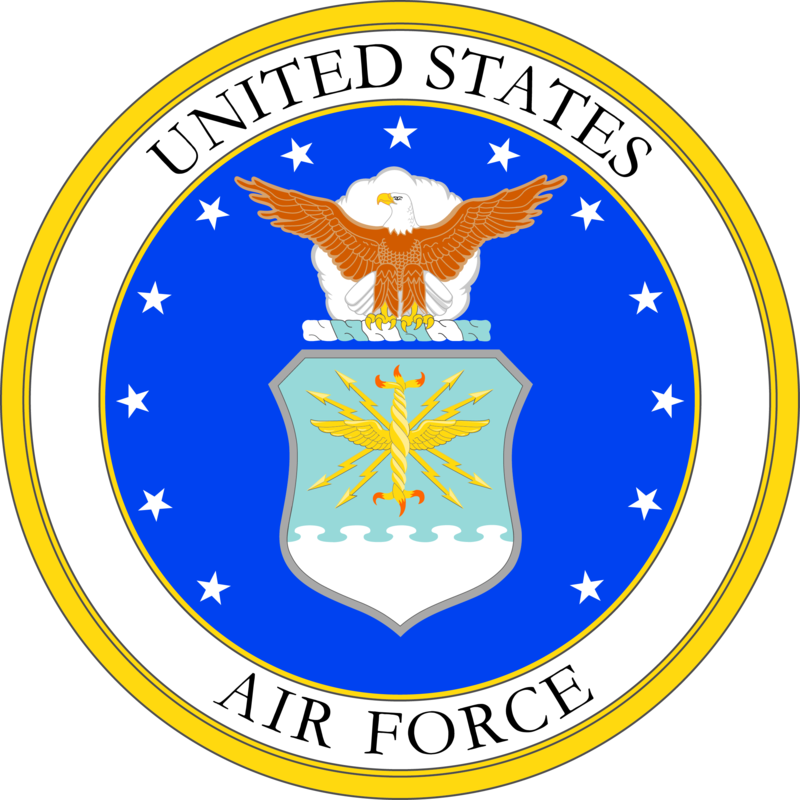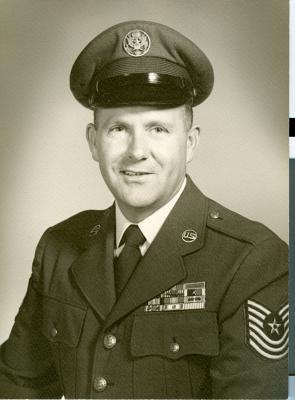ABOUT 6400th Air Depot Wing
- Formation and Purpose: The 6400th Air Depot Wing was activated in the early 1950s by the United States Air Force to provide logistical and maintenance support during the Korean War.
- Strategic Location: The wing was based at Kisarazu Air Base, Japan, positioning it close enough to support operations in Korea while remaining out of immediate conflict zones.
- Depot-Level Maintenance: The 6400th was responsible for depot-level maintenance, repair, and overhaul of aircraft, engines, and related equipment, ensuring that combat units received fully operational resources.
- Vital Supply Chain Role: The unit played a crucial role in the supply chain, processing and distributing vast amounts of spare parts and materials essential to the USAF's effectiveness during the Korean War.
- Aircraft Supported: The 6400th serviced a wide range of aircraft, including the F-86 Sabre, B-29 Superfortress, and various transport and reconnaissance planes.
- Innovative Solutions: Facing shortages and high demand, the wing's personnel developed creative solutions to keep aircraft flying, including on-site fabrication of hard-to-find parts and rapid repair techniques.
- International Cooperation: The 6400th worked closely with allied forces, including the Republic of Korea Air Force and British Commonwealth units, providing maintenance and logistical support.
- Award Recognition: The wing and its subordinate units received several commendations for their outstanding support and performance under challenging wartime conditions.
- Postwar Transition: After the Korean War, the 6400th continued to serve as a vital logistics hub in the region, adapting to peacetime requirements until its eventual inactivation in the late 1950s.
- Legacy: The expertise and operational models developed by the 6400th Air Depot Wing influenced later USAF logistics and maintenance practices, setting standards for future depot operations worldwide.


